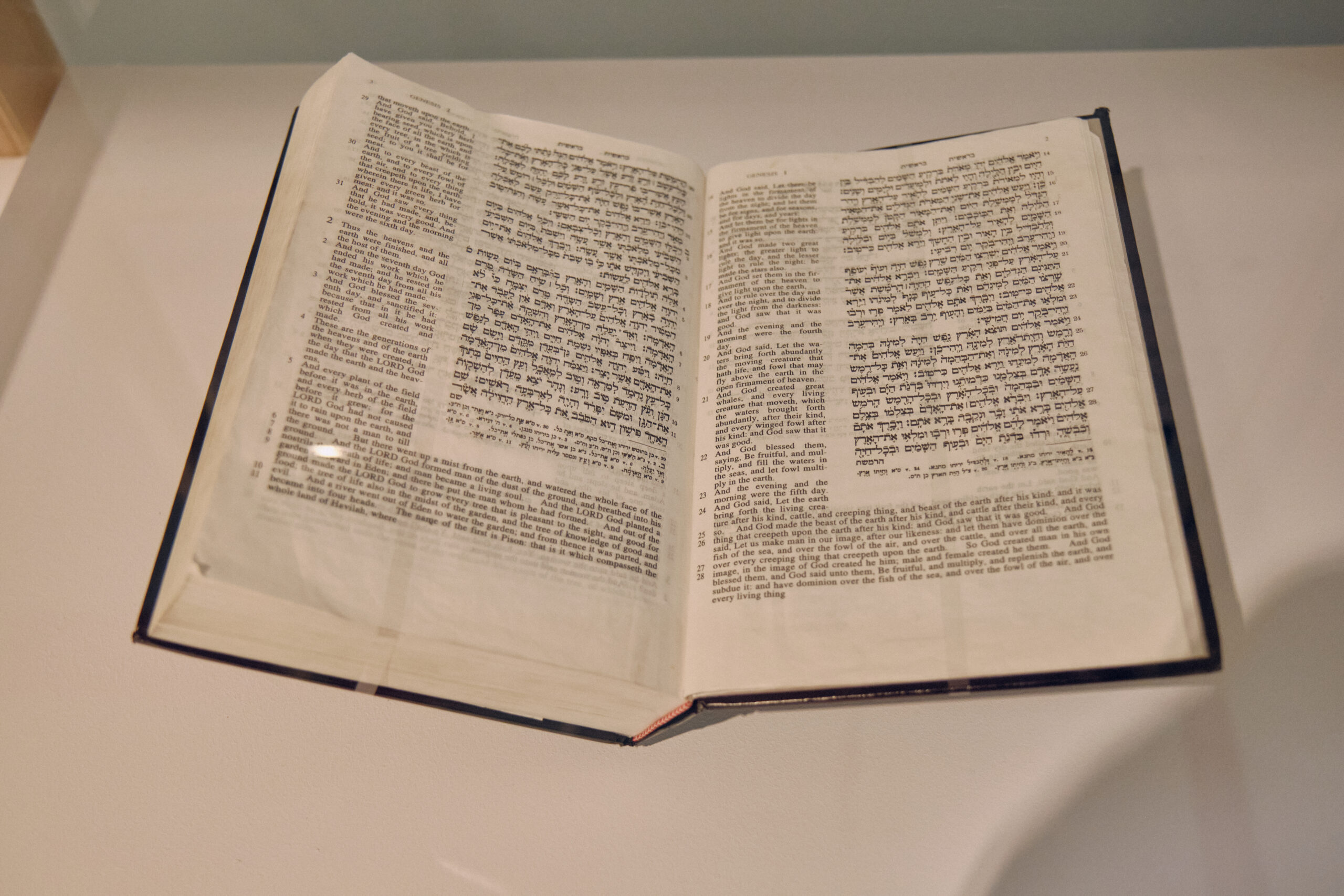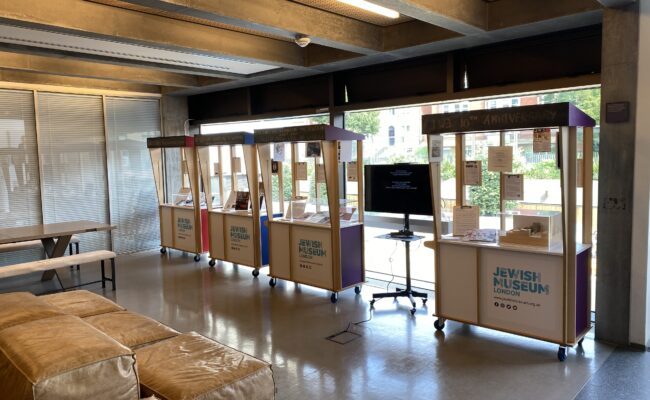EcoSynagogue: A conversation between Claire Mead, Jewish Museum & Eco-Synagogue: Rabbis Jonathan Wittenberg, Mark Goldsmith, David Mason, Tanya Sakhnovich

Museum: What is EcoSynagogue and what do you do?
Rabbi Wittenberg: we’re a group of rabbis who are passionate about our planet and the environment across our different denominations. EcoSynagogue was a way of bringing the Jewish community to respond to the urgency of the hour, in very practical ways, which any community and actually any individual can also engage in.
Rabbi Goldsmith: It’s grass roots, it’s based on the building block of the Jewish community, the synagogue, and the idea that if your synagogue can be a great example of what we do to sustain our world, then we hope it will inspire its members.
Rabbi Mason: We try to create a pathway for synagogues; what’s novel about EcoSynagogue is that we try to create what we would call tachles. We need to think as a group of rabbis in terms of our advocacy on behalf of the Jewish community in terms of wider environmental conversations that go on; a pathway to becoming more sustainable.
Rabbi Sakhnovich: One of the most important Jewish values is love for nature and the desire to preserve it for the future generation. Not only is it a fundamental value of Judaism, but it’s also a great example of an interfaith project, where different denominations come together; together we can make a real difference, putting aside our theological differences.
Rabbi Wittenberg: It’s very grounded as well; children can understand how planting the left over tomatoes pieces after kiddish lets you eat them again next year as regrown tomatoes in the synagogue’s allotment, but the passionate vegans who advocate for green energy, they can engage with this project too. It makes you think… you should love your planet as yourself.
Selecting an object
Museum: what object did you collectively pick, and what does it represent for you?
Rabbi Mason: We looked at the second chapter of Genesis and that thinking around the first 17 verses of chapter two, which talks about the creation of the Garden of Eden; where we’re told that Adam was placed there, to work the land and to preserve it. There’s this balance between understanding the importance of working the land, but not to the extent where we extract so much from it, that we then destroy it.
Rabbi Goldsmith: What’s special about the text is that this text is Jewish memory. We Jews have been working on this text for the best part of 3000 years; it’s been there, and it’s going to be forever in the future.
Rabbi Wittenberg: There’s this balance between reverence and respect to the land, even as you work it; between the very earthy and the spiritual is all in those words. That’s something I’ve loved.
Rabbi Goldsmith: There’s a strong Jewish tradition as to how we work with text. And one of the special things about the EcoSynagogue project is that with all our different Jewish denominations, we’re putting this into action in this particular area of Jewish life.
Rabbi Sakhnovich: One of my favourite midrashim is an older man, planting a carob tree that takes 70 years to grow so that he provides for his descendants as his ancestors did for him. It expresses a very strong sense of shared responsibility for the future generations which we all have through our Jewish tradition.
Rabbi Goldsmith: This is about Judaism is in every place with a responsibility and a possible contribution in every place around the globe.
——
A project in partnership with the Board of Deputies of British Jews
——–
Rabbi Jonathan Wittenberg
Rabbi Tanya Sakhnovich
Rabbi Mark Goldsmith
Rabbi David Mason
Find out more at: https://ecosynagogue.org/
